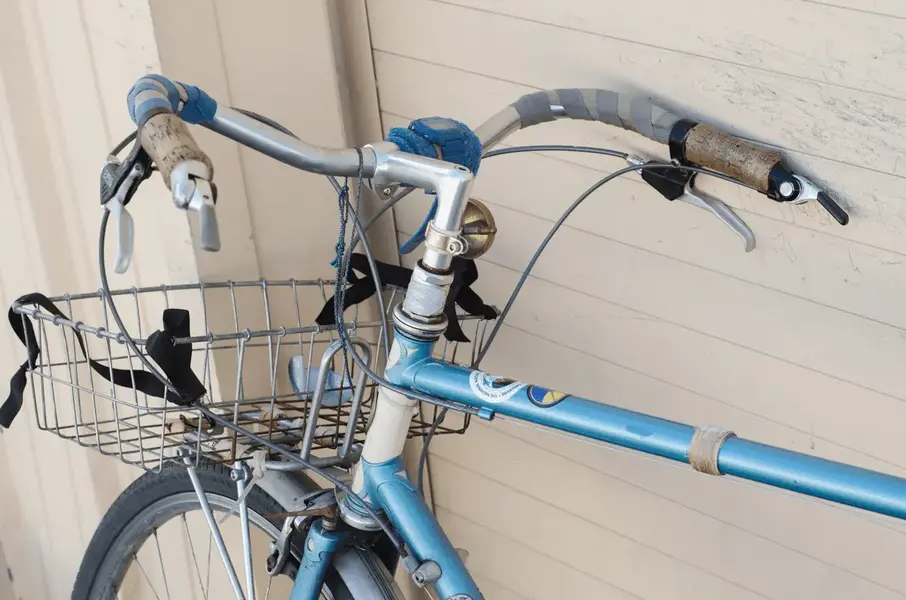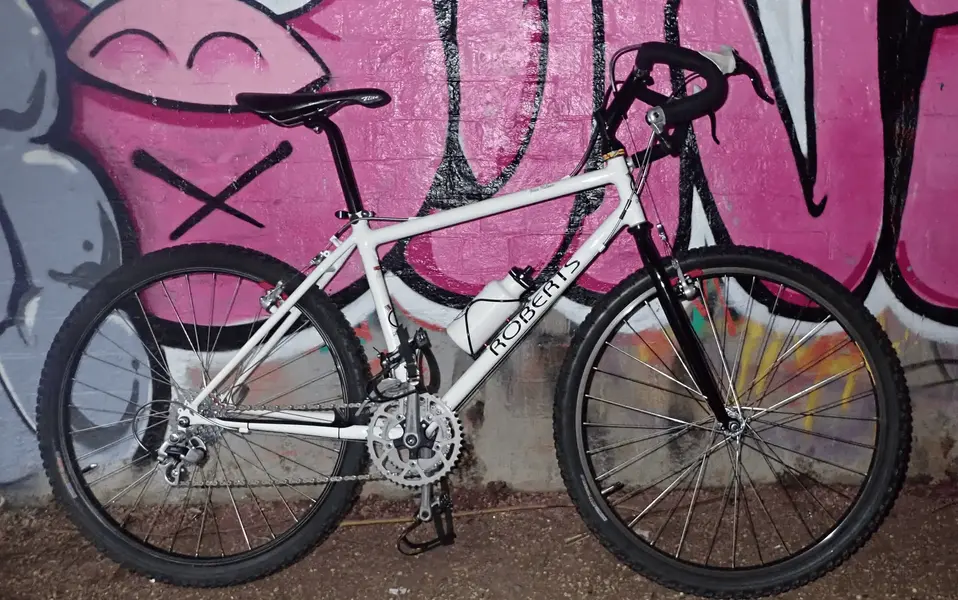frkl
Retro Guru
Don't get me wrong, i like lugs, cotton take, and shellac a lot.Ha. Ya, I'm currently wrapping bars in cotton tape, finishing with twine and champagne corks and mixing shellac for the finishing touch.
I was majorly influenced by Bridgestone bikes BITD and like some of the BOBish things that Grant and Rivendell have been promoting over the years. He was definitely way ahead of the curve on the whole gravel thing. I also like the aesthetic of lugs and steel hence why I'm here. His writing definitely sounds very dogmatic and I was pleasantly surprised to hear him in Russ' recent interview on the PLP vlog. Too bad I didn't buy a used low normal derailleur before the run on them started.
But it's things like this

The juxtaposition of the amazing detail of the frame with the Nitto bar and the digital watch on a foam shim. But that is all very intensionally done too, of course.
There is certainly a statement being made.
Last edited:

